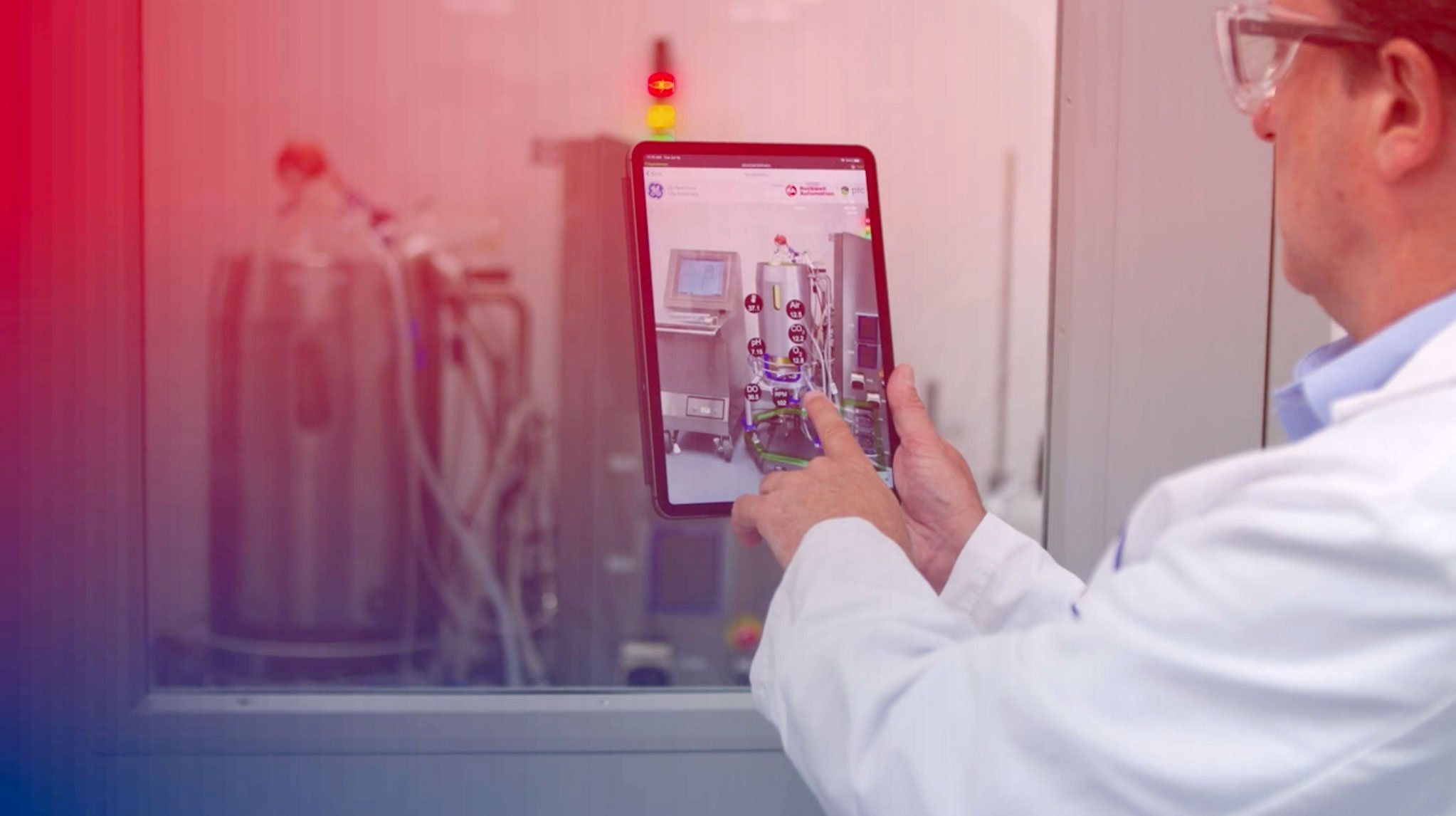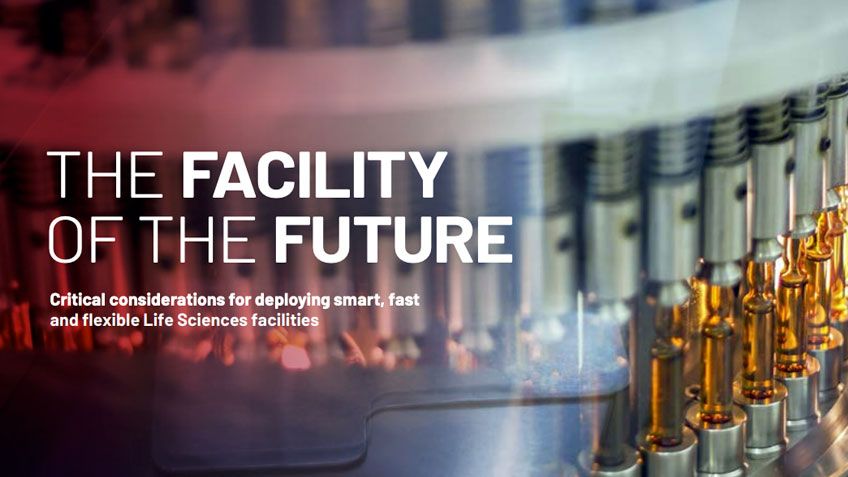Recommended For You
We’ve all heard about the lack of skilled labor across biotech manufacturing.
The truth is, the advancements in single-use and mobile technology have made biopharmaceutical production more flexible and profitable. But these technologies also require different skillsets than those found in traditional stainless-steel pharmaceutical plants.
And if you’re like most company leaders I’ve met, finding skilled workers is just part of the problem. Chances are you’re also challenged to identify better ways to improve productivity, reduce error – and streamline your workflow.
In other words, how do you make good biotech workers better?
Better visibility goes hand-in-hand with better efficiency
There’s probably nothing more frustrating than knowing you’re responsible for a specific task. But don’t have easy access to the information and tools required to complete it. That’s the scenario many biotech workers face.
By its nature, biopharmaceutical manufacturing suites are complex environments that increasingly rely on automation systems to monitor processes, maintain product consistency and guide workflows. It’s also an environment that relies on workers to see and react to critical system information in real time – and perform hundreds of manual operations correctly during any given shift.
How are current systems falling short?
In many biotech suites, operators simply cannot interact with the automation system efficiently.
How one company changed the equation
Maybe you can relate to this example. We recently worked with a company that surveyed its workers before updating the HMI system in its biotech plant. Across the board, workers agreed that accessing the HMI required too much time and effort.
Why? The only access to an operator workstation was in the cleanroom, near the equipment being monitored. Anyone who needed system access – from operators, to maintenance personnel to supervisors – had to put on a protective suit to enter the cleanroom.
Not only was this time consuming, it also complicated troubleshooting.
For this customer, the answer was an HMI system based on a virtualized, thin-client architecture that provides real-time access to information – outside the cleanroom.
Taking it further with augmented reality
Choosing technologies that give your workers better visibility to process parameters in real time is one way to improve workflows. And for many biopharmaceutical companies, the next step is engaging in other digital tools that help workers use data and analytics in smarter, more impactful ways.
Specifically, augmented reality (AR) can be a game-changer that not only enhances workforce management, but also improves quality, yield and time-to-market.
In fact, more companies are beginning to use AR to support operator-driven activities. For example, here’s one way AR can dramatically improve situational awareness in your cleanroom. Using a mobile device and AR app, your operator can focus on a piece of equipment and view critical parameters superimposed on the machine. No HMI required.
This same technology that makes monitoring equipment easier can also provide maintenance workers with detailed, visual and interactive instructions – at the site of repair.
And what about changeover and connection management? While biopharma plants make operator training a high priority, changing and verifying a myriad of equipment connections at the onset of a batch is still challenging.
New advancements in AR and artificial intelligence (AI) can guide operators through a sequence of tasks and then verify that the correct connections were made – all from a handheld device. What’s more, that verification can be stored in the electronic batch record (EBR) – along with supporting pictorial or video documentation.
But these are just some examples of how AR can make a measurable difference in your plant from set-up through operations and maintenance.
How to start
How do you decide what digital technologies can best enable the workers in your plant? My advice is simple. Start with the workforce challenges you understand best. Chances are, you don’t need complex analytics to determine what those challenges are – you probably encounter them every day.
Then, focus on deploying AR or other technologies that offer the best opportunity for short-term wins that deliver a measurable return. And that can scale across multiple applications and plants.
Interested in learning more about how AR can help your employees work smarter? These real-world examples highlight novel solutions showcasing collaboration between Rockwell Automation and GE Healthcare.
Published December 8, 2019



